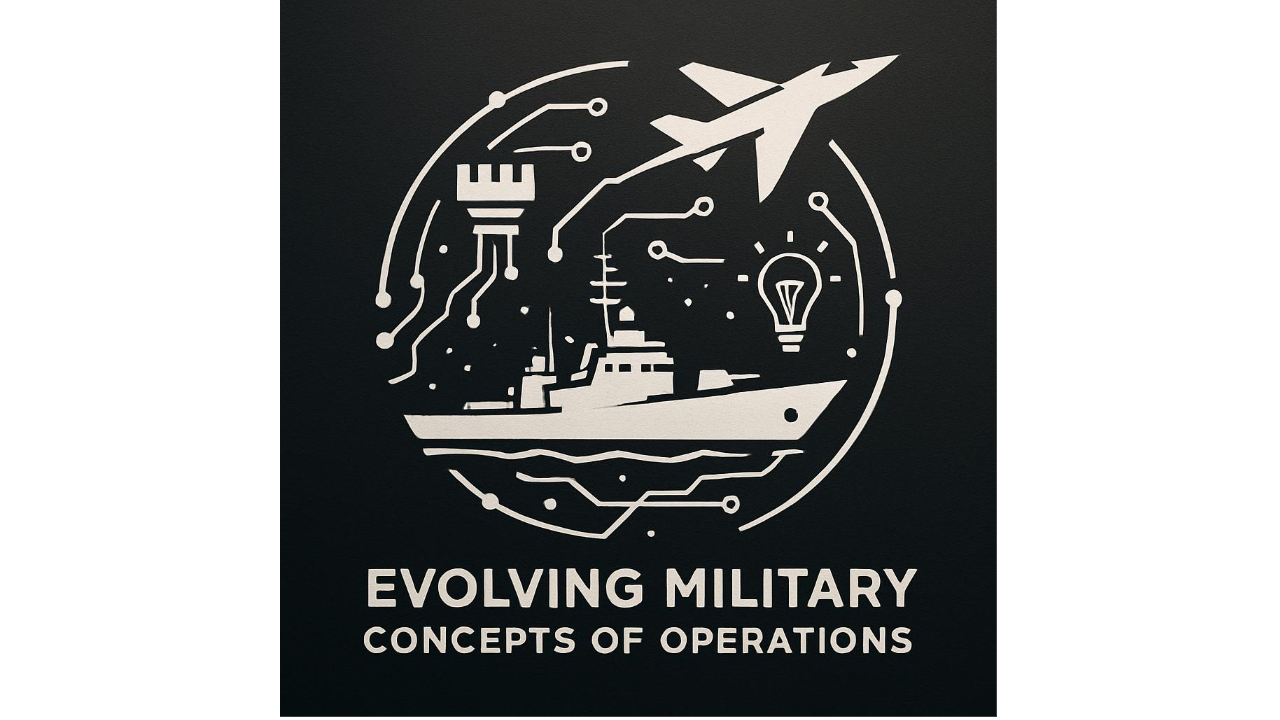By Debalina Ghoshal
Modern warfare operates in an increasingly contested environment where adversaries possess not only advanced weapon systems but also sophisticated cyber capabilities that can disrupt critical defense technologies.
The complexity of contemporary missile defense systems requires seamless integration between multiple subsystems and the main weapon platform.
As demonstrated during Operation Sindoor, the transition from weapon induction through deployment to active employment demands robust networking capabilities that can maintain operational integrity under hostile conditions.
Blockchain technology emerges as a promising solution to enhance the reliability and security of missile defense systems.
This article examines how blockchain can strengthen missile defense capabilities by improving data integrity, securing communications, and creating resilient command structures.
How Blockchain Enhances Missile Defense Systems
Blockchain technology provides missile defense systems with two critical capabilities: maintaining data integrity and securing communications during crisis operations. By implementing a controlled blockchain mechanism, military forces can ensure that essential operational data remains accessible across multiple domains while enabling efficient networking between subsystems and primary weapon platforms.
Traditional centralized command and communication structures present significant vulnerabilities in contested environments. A centralized system creates single points of failure that adversaries can exploit through cyber attacks, potentially compromising entire missile defense networks.
Blockchain addresses this vulnerability by enabling decentralized command and communication architectures. This distributed approach makes it substantially more difficult for adversaries to disrupt missile defense operations, as they would need to compromise multiple nodes throughout the network rather than attacking a single central point. The implementation of strong cryptographic algorithms further protects sensitive information and restricts unauthorized access during critical operational periods.
This decentralized structure supports a “defense by denial” strategy, preventing adversaries from neutralizing defensive capabilities to enable their own offensive operations.
Operational Advantages Throughout the System Lifecycle
Missile defense systems undergo distinct operational phases from initial fielding through deployment to active employment. Blockchain technology facilitates smooth transitions between these phases by preventing data tampering and maintaining comprehensive integrity records throughout the system lifecycle.
One of blockchain’s significant advantages lies in its ability to maintain complete maintenance records within the distributed ledger system. These comprehensive records prove invaluable during system upgrades, technological modifications, and eventual decommissioning processes. When acquiring new missile defense capabilities, historical maintenance data helps military planners understand existing system limitations and specify requirements that address these shortcomings.
During peacetime, missile defense systems require frequent testing to ensure operational readiness. Blockchain-enabled data management systems can effectively capture, store, and analyze test data, providing insights that enhance system performance and reliability.
In crisis situations, blockchain systems enable rapid data coordination by sharing minimal but critical information packets that support split-second decision-making processes. Post-engagement data analysis helps military commanders assess mission success or failure and refine future operational strategies.
Blockchain technology offers significant potential for arms control verification processes. The technology can provide transparent, tamper-proof records of launch platforms and interceptor systems, facilitating effective verification mechanisms. This capability supports both crisis management and peacetime monitoring requirements.
The United States Navy is actively developing blockchain integration for its missile defense systems. The Simba Chain project focuses on supply chain security and data management for the Aegis ballistic missile defense system, ensuring secure supply lines and robust data handling capabilities.
Additionally, the Powerful Authentication Regime Applicable to Naval Operational Flight Program Integrated Development (PARANOID) program represents another blockchain initiative designed to secure weapon system software throughout development and deployment phases.
Conclusion
Despite its advantages, blockchain technology faces inherent limitations that create potential vulnerabilities in missile defense applications. The most significant concern involves the possibility of adversaries compromising a substantial portion of the blockchain network, which could disrupt the operational effectiveness of the entire missile defense system.
Other challenges include the computational overhead required for blockchain operations, potential latency issues in time-critical scenarios, and the need for robust cybersecurity measures to protect the blockchain infrastructure itself.
Blockchain technology offers compelling advantages for enhancing missile defense system security, reliability, and effectiveness. Its ability to provide decentralized command structures, maintain data integrity, and secure communications addresses many vulnerabilities inherent in traditional centralized systems. However, successful implementation requires careful consideration of the technology’s limitations and the development of appropriate safeguards to mitigate potential vulnerabilities.
As military forces continue to operate in increasingly contested environments, blockchain technology represents a valuable tool for maintaining defensive superiority and ensuring mission success in critical scenarios.
Debalina Ghoshal is Non Resident Fellow, Council on International Policy, Advisor, Indian Aerospace and Defence News and the of the book, “Role of Ballistic and Cruise Missiles in International Security.”


